Context
Young adults who grow up with chronic diseases face challenges with self-managing their conditions, as they transition from relying on their parents to caring for themselves. Mobile health programs can be helpful tools, as they have been shown to help patients in health monitoring and improving self-efficacy. This study focused on the mobile health program Care & Organize Our Lifestyle (COOL), which is based on the theory of self-regulation, and evaluated its effect on disease knowledge and physical activity levels among Taiwanese youth with congenital heart disease (CHD).
Intervention
COOL Passport is a mobile health application designed to help users manage their health, learn about health policies, and improve interpersonal relationships. App content covers personal health management, medication information, eliminating endocarditis (an infection of the inner lining of the heart), physical fitness, nutrition, user progress, mood and feelings, and rights. The first intervention group was given access to COOL Passport only. A second intervention group was given access to COOL Passport as well as a Health Promotion Cloud and an interactive game. In the Health Promotion Cloud, participants could communicate with other users and view health promotion messages shared every two weeks. Messages ranked user step count (compared to other users), delivered a monthly quiz on CHD, or encouraged users to ask health-related questions of the research staff. To play the game, participants used coins earned based on their step count performance. Participants took part in the interventions for 12 months.
Evaluation
Design: From June 2016 to February 2018, participants were randomly assigned to three groups; control group, COOL Passport intervention group, and COOL Passport and Health Promotion Cloud group (randomized controlled trial). Control group participants continued to receive the usual hospital care and advice and were only asked to input their data into the COOL application for data collection.
The key study outcomes were level of disease knowledge and physical activity. Disease knowledge was captured using the Leuven Knowledge Questionnaire for Congenital Heart Disease. Each participant was given a knowledge score, which was then categorized into three levels (poor, moderate, and adequate) at baseline and months 6 and 12. Physical activity was measured using the International Physical Activity Questionnaire (IPAQ), which categorized participants into three groups: health-enhancing physical activity, minimally active, and inactive at 13 time points (at baseline and monthly). The application automatically sent messages of success to participants whose self-reported IPAQ levels reached optimal levels of intensity based on their baseline screening.
Sample: Eligible participants were between ages 15-24, had been diagnosed with CHD, had a regular pulse, and owned a smartphone. Of 378 who were invited to participate, 143 participants provided informed consent and were included in the study. Of the participants, 28% completed the full 12-month program (31 in the control group and 36 in each intervention group). Participants had an average age of 19.5 and were mostly female (60%). About 20% were taking heart disease medication, and most (60%) perceived that they had excellent heart function.
Results
At 6 and 12 months, the intervention groups showed no significant difference in disease knowledge compared to the control group. Similarly, no significant differences were observed in the intensity of physical activity across the three groups over time, and only 10-25% of participants consistently reached their optimal physical activity level. From baseline to month six, however, both intervention groups had similar, higher physical activity levels than the control group.
Limitations: The sample size was relatively small for each group and was isolated to a very specific population, limiting generalizability. Users also reported issues with the mobile application, including functionality issues and difficulty using the questionnaire. Lastly, physical activity was captured using retrospective self-reports instead of monitoring equipment.
Conclusion
The authors did not find improvements in disease knowledge and physical activity after exposure to the COOL Passport and Health Promotion Cloud, perhaps due to participants’ low motivation and engagement with the application. They encourage continued research of the COOL Passport and Health Promotion Cloud and a closer look at changes to the interventions to make them more age-appropriate, stimulating, and motivating.


